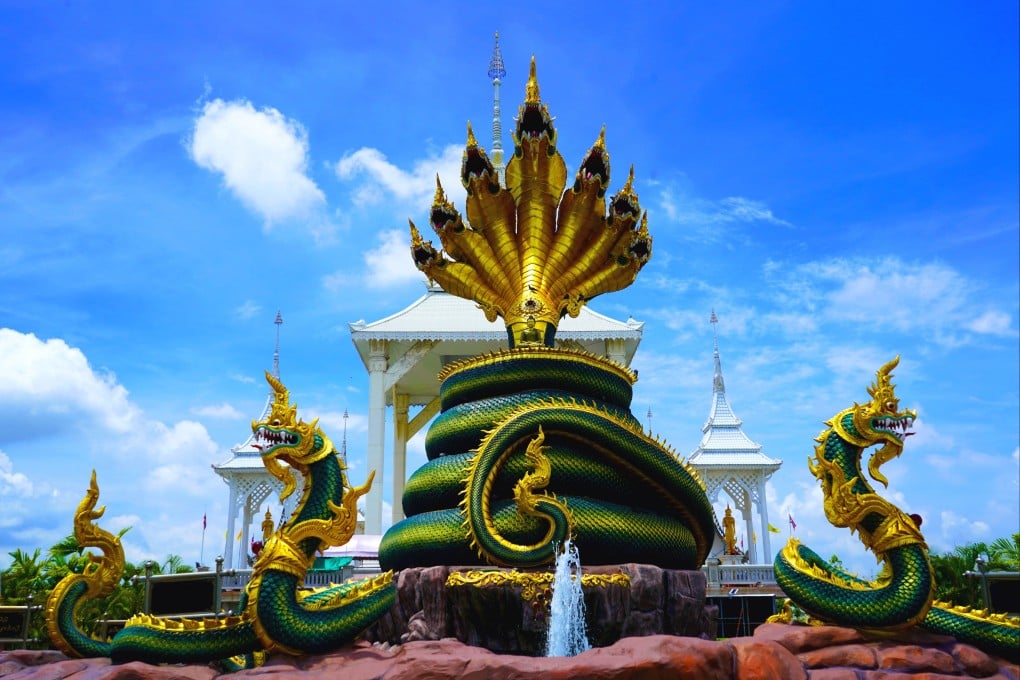What the mythical snake Naga represents, both good and evil, in Hinduism and Buddhism
Often many-headed and called the King of Serpents, Naga is worshipped by Hindus and Buddhists, especially in Southeast Asia

In both Hinduism and Buddhism, the snake or Naga, Sanskrit for “serpent”, is often depicted as a divine or semidivine being with spiritual and physical powers.
In Southeast Asian countries such as Thailand and Cambodia, with Theravada Buddhism in their cultures, Naga is considered an auspicious creature, one that brings protection and blessings, and can be used to decorate temples.
In Buddhist tradition, the Naga plays a vital role as the protector of the Buddha and his teachings. The most well-known Naga in Buddhist lore is Mucalinda, the King of Serpents.
According to the story, after the Buddha attained enlightenment under the Bodhi tree, a violent storm broke out. In response, King Mucalinda, a seven-headed Naga, coiled his heads to form a hood to protect the Buddha.

This story of devotion is represented in many Buddhist artworks from Southeast Asia, but not as frequently in those from other regions like East Asia.